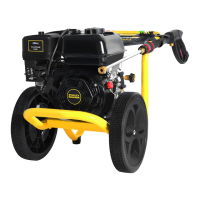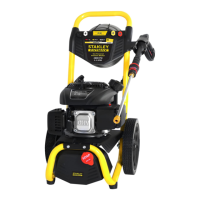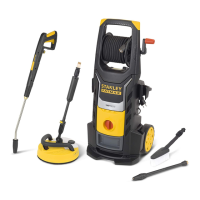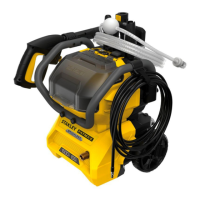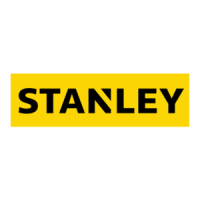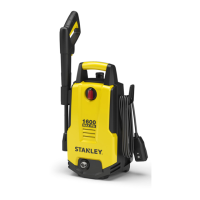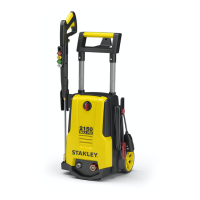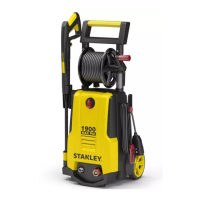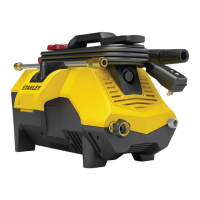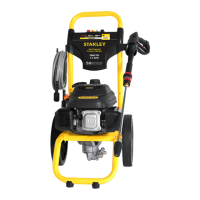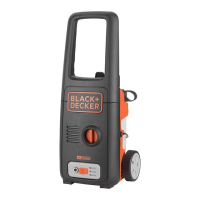Why Stanley FATMAX SXPW3425 has no or low pressure?
- PpetersonjamesAug 6, 2025
If your Stanley Pressure Washer has no or low pressure during initial use, ensure the spray wand is set to high pressure. The water supply should be at least 5 gpm at 20 psi. Check for leaks at the high-pressure hose fitting and repair if needed, using sealant tape if necessary. Make sure that the choke is in the “No Choke” position. Clear any obstructions from the nozzle. Remove and clean the water filter screen. Eliminate air from the hose by turning off the engine and water source, disconnecting the water source, and then reconnecting once a steady stream of water is present. Finally, ensure the high-pressure hose is under 100 feet (30 m).
